We’ve been kind of shy to discuss some of our thoughts and ideas about typical building practices. One of those parts is plumbing. It’s kind of a stinky subject as it is. I’ll leave the most noxious part of that subject to another post. This post is supposed to illicit comments and discussion regarding grey water (not sure if its grey or gray, both work) usage and deployment particularly in a cold climate. It is a fairly common practice in warmer areas of the world to use waste water as a means to irrigate plants and shrubs. We bought some of the material found at the Oasis Design website and have used the material as a guide as we’ve designed our grey water system. In all these materials there is about 3 pages discussing the theoretical possibility of using the system in a cold climate (Milly has highlighted them all and refers to them often.) I’ve read other material such as Graywater gardening, an Australian company that focuses on water reuse, but our main purpose this first year is to get rid of water. We are not concerned at this point with water efficiencies. With the almost 100% of imminent disaster predicted by our professional plumber we have committed 100% to this concept. With a bunch of theoretical knowledge we’ve dug right in and have installed a very simple grey water system that will get rid of water in one location. We have much more planned where we will actually put to use the waste water but the winter is coming and we need to get something in place before we are knee deep in you know what. Here’s what we’ve done so far. 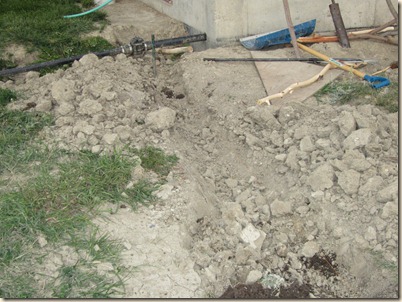


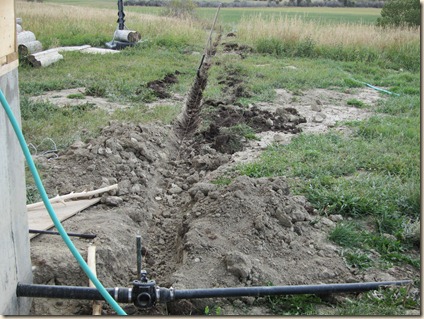
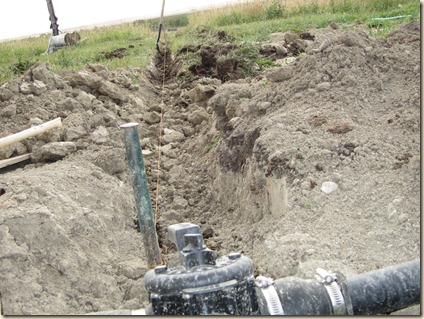
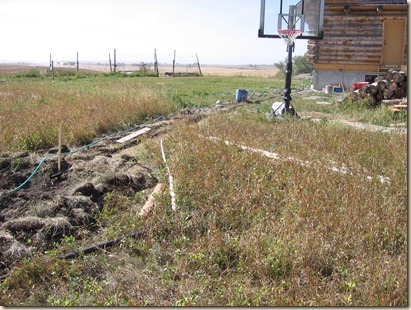


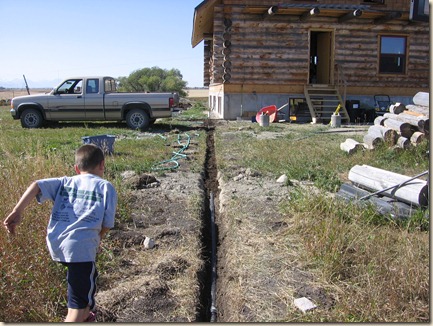

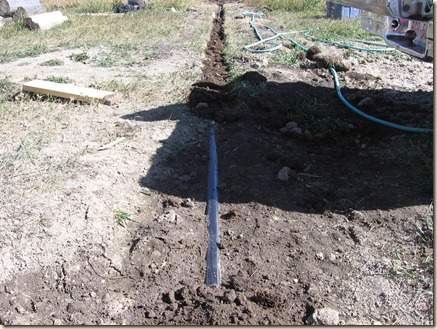

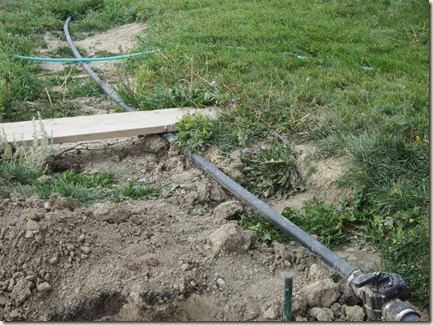
10 Comments
Comments are closed.




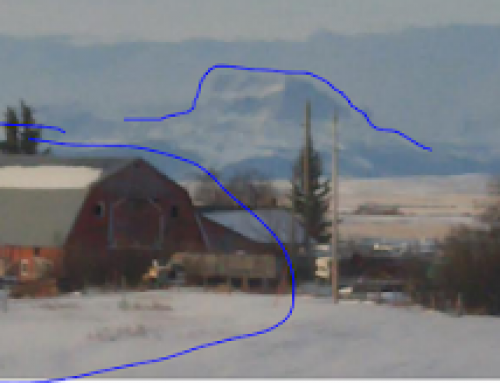
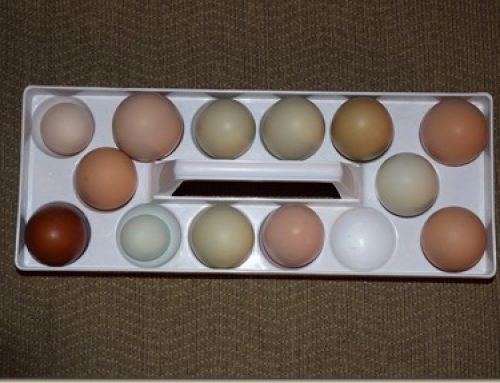
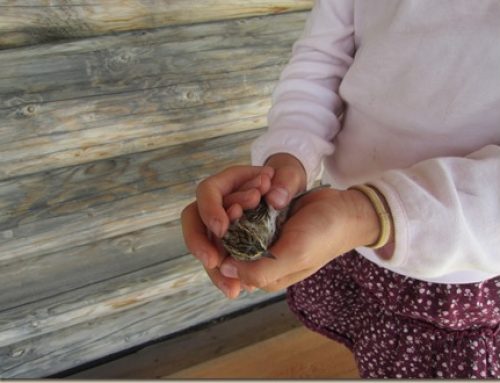
We had an arrangement much like what Farmer Liz describes for the washing machine water when I was a kid in WI. We called it a dry well, and the drum was buried in the back yard. I don't remember it ever having a problem, even in a WI winter.
Thank you for the informative post. We'll by buying and making our own place in MT soon and can use all the info we can get!
Minor copy editing: "illicit" means roughly "illegal". "Elicit" is the term you want in that spot. "Grey" is the common British spelling, "gray" is the common American spelling, both are correct, as you said.
What part of MT? We moved from there after being in NW MT for about 5 years.
Thanks for posting your experiment, Doug. I'm in the same situation, only I also have a high water table to complicate things. The good thing is that I'm on sandy soil. Since my foundation will be 32" above ground, my thoughts, at the moment, are to construct an above-ground mulch pit ringed with 2 layers of straw bales. I would cover it with a board and put straw bales on top of that for insulation. I currently use a sawdust toilet, but the compost pile freezes in the winter – it's too cold for microbial action, as someone suggested above. (At least the top freezes – I had ground squirrels burrowing in it last winter!) However, I'm thinking that if I make the mulch pit significantly bigger than the current compost pile, it might not freeze, especially with the addition of warm water. The trick will be to prevent the line from the house to the pit from freezing, if water only goes through at a trickle (e.g. when rinsing dishes). I wonder if I could somehow run the pipe lengthwise through hay bales…
We have put straw over top of the line out to our mulch basin. I have covered the mulch basin with leaves and straw as well. I've considered covering with plywood that has been lined with blue board insulation but think snow might do the same. We also get chinook's here where snow melts and it warms up periodically during the winter. I'm hoping that if everything freezes over I'll be able to use my backup systems for a while until I can thaw everything in the main line. Our mulch basin is roughly 2 feet high (covered with staw) and 8×10 feet wide.
I might get line the mulch basin on the north with bales but haven't done it yet.
I'm hoping my compost pile doesn't freeze. It's been in place for a few months so hopefully it doesn't.
I think I wouldn't run it through the bales and leave the pipe in the ground. At least that's what I'm doing.